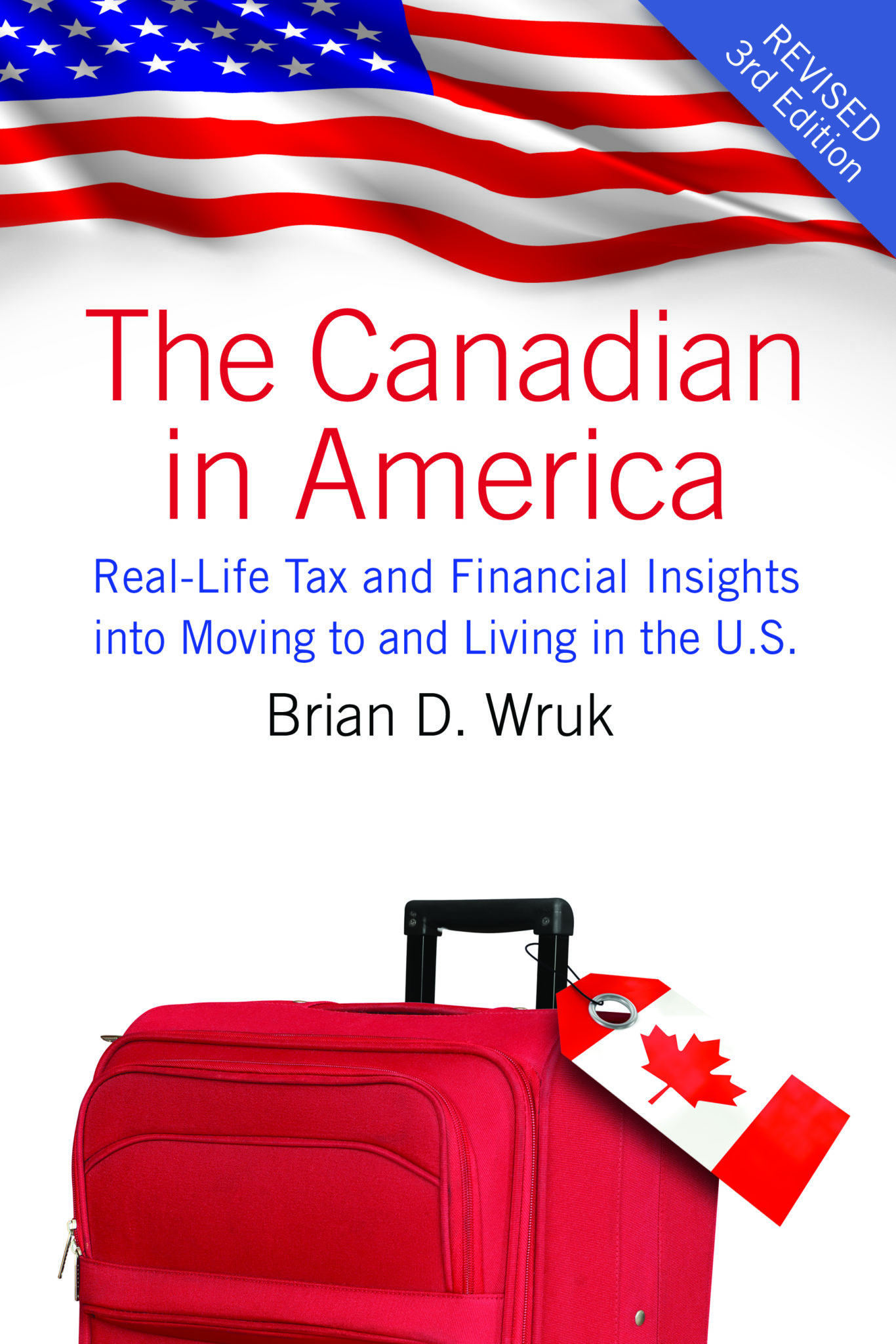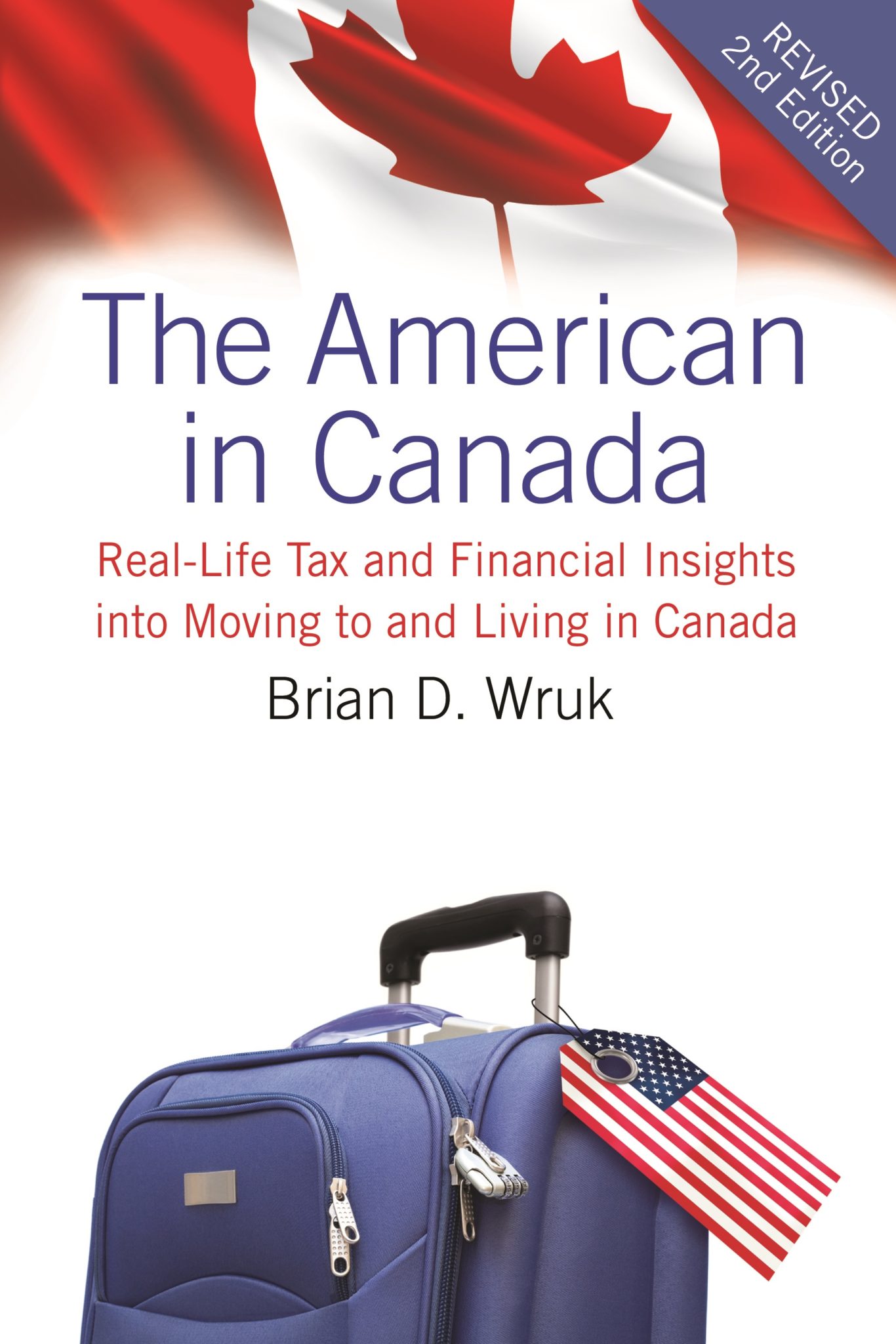Understanding the Passive Foreign Investment Company (PFIC)
Rules and Regulations
Whole Article
Background
While many parts of the U.S. tax code are both convoluted and harsh, the IRS regulations involving the treatment of PFICs – Passive Foreign Investment Companies (IRS PFICs) are almost unmatched in their complexity and draconian tax treatment. These regulations came about as part of the 1986 Tax Reform Act. The purpose of the regulation was to eliminate the beneficial tax treatment for certain foreign investments. Under prior law, U.S. taxpayers could accumulate tax-deferred income from foreign investments and then, upon sale of the investment, recognize the gain at the long-term capital gains tax rate. The prior law put U.S. mutual funds at a disadvantage as they are required to pass-through all income to the shareholder in the year earned. The new IRS PFIC regulations were designed to create a more level playing field for U.S. funds.
Then in 2010, after a policy review, the IRS determined that all foreign (non-US) mutual funds and Exchange Traded Funds (ETF’s) are to be classified as corporations (rather than trusts) for U.S. tax purposes and are now subject to the extremely complex and onerous tax consequences of the PFIC tax regime. Consequently, all U.S. citizens, green card holders or others required to file a U.S. 1040 tax return (including those residing in Canada or anywhere else in the world) are subject to the ridiculously complex set of PFIC rules if they invested in any Canadian mutual funds or ETF’s.
What is a PFIC?
Before going any further, it may be helpful to understand the precise IRS definition of a PFIC. A PFIC is essentially a non-US corporation that generates most of their income from passive investment sources such as dividends, interest, rents, royalties, and capital gains. Specifically, if 75% or more of the foreign company’s income is passive income or 50% or more of the foreign company’s holdings are held to generate passive income, then the company is considered an IRS PFIC. As a result of this definition, all Canadian (foreign) mutual funds, ETF’s, labor sponsored funds, money market funds, real estate funds, and pension funds fall squarely into this definition.
PFIC Shareholder Filing Requirements
Beginning in 2013, US citizens, Green Card holders or any U.S. 1040 tax filer who holds more than U$25,000 in PFIC shares (U$50,000 if married filing jointly) are required to disclose certain information to the IRS on Form 8621 on an annual basis. In previous years, there was a reporting obligation with respect to PFIC’s only if there was a transaction related to that investment. Now, reporting must be made even if there is no activity. Disclosure of a PFIC is required in a “non-registered” account (regular taxable brokerage account); however, there is much debate about PFIC’s held in a “registered” account (like an RRSP, RRIF or LIRA) as the IRS has not issued guidance on whether they must be disclosed. In our opinion, the Canada/US Treaty election taken on Form 8891 or 8833 provides protection from the taxation of PFICs in a registered account. However, to further complicate things, the IRS revised Form 8621 in December of 2012 and included a new “Part I – Summary of Annual Information” that may apply to all PFICs no matter where they are held but . . . Part I is currently “reserved for future use” until the underlying regulations under Section 1298(f) are published which are undetermined at this time.
In the meantime, if you are subject to the IRS PFIC requirements, you must file Form 8621 for each PFIC you own with your tax return and you have the option of taking one of two tax treatment elections for each one. The first election is to treat the PFIC as a qualified electing fund (QEF), probably the most advantageous of the three methods. The second method is the mark-to-market method which requires the shareholder to report annual increase in market value of the PFIC as ordinary income. If neither of these options is selected, the “default” method is employed where the investment is treated like a Section 1291 Fund (Excess Distributions). The mark-to-market and default method will be discussed in our concluding article on this subject matter.
Tax Treatment of a PFIC
The QEF Election
If the QEF election is taken, a US taxpayer’s investment in a PFIC is generally subject to the same tax rules and rates as a domestic investment, except dividends are not considered qualified dividends and subject to ordinary income. The taxpayer includes a pro rata share of the PFIC’s ordinary earnings and net capital gains on their US tax return each year. Let’s look at an example:
If an investor owns five shares of ABC mutual fund, a Canadian mutual fund that qualifies as a PFIC. At the end of the year, the mutual fund as a whole earns $50,000 in investment income and $75,000 in capital appreciation. To figure out the tax due according to the QEF method, the investor needs to know their proportionate ownership of the mutual fund so they can calculate the income and gains attributed to them. If there are 500 shares outstanding, we can calculate the investor of five shares owns 1% of the fund. Therefore, the investor is taxed on $500 of investment income and $750 of capital gains on their U.S. return.
This method seems quite straight-forward, however, there is one huge obstacle. In order to take the QEF election, the mutual fund (PFIC) must comply with substantial IRS reporting requirements. The PFIC must provide an Annual Information Statement to the shareholder which must include the shareholder’s pro rata share of the PFIC’s ordinary earnings and net capital gains for that tax year. Because most Canadian mutual funds are unaware of these requirements, or may not be willing to comply because of the cost (that is changing quickly as people pull their money from these mutual funds), the QEF election is not frequently available to US 1040 tax filers invested in Canadian mutual funds.
The Mark-to-Market Election
The shareholder can elect to treat the PFIC using the “mark-to-market” method if the PFIC is considered a “marketable” stock or fund. To be considered a “marketable” stock or fund, the PFIC must be regularly traded on either a national securities exchange that is registered with the SEC, the national market system established by the Securities Exchange Act of 1934, or a foreign exchange regulated by a governmental authority of the country in which the market is located (like the Toronto Stock Exchange). If the mark-to-market election is taken, the PFIC holder recognizes the gain or loss on the shares of the fund as if they had sold all shares at fair market value at the end of the taxable year. The gain or loss is treated as ordinary income on the US return, an unfavorable tax treatment for most individuals. Unrealized losses are only reportable to the extent that they offset previously reported gains. Upon the sale of the PFIC shares, all gains are reported as ordinary income whereas losses are reported as capital losses on Schedule D. Let’s look at some examples to illustrate the potential adverse tax consequences of the mark-to-market method.
First, let’s look at the issue of taxation on unrealized capital gains from mutual funds. Let’s assume you purchase $50,000 of XYZ fund, a Canadian mutual fund that qualifies as a PFIC, but does not provide the necessary information to select the QEF option. Therefore, you elect the mark-to-market tax treatment. At the end of the year, your position in the fund is worth $60,000, a 20% gain. Let’s also assume that the fund is managed in a tax-efficient manner so no capital gain distributions occurred during the year. On your Canadian tax return, no tax is due from this investment since no distributions were made from the fund. However, for U.S. tax purposes, you would be taxed on the $10,000 gain in value according to the mark-to-market tax method. Furthermore, this gain would be characterized as ordinary income for US tax purposes . . . an unfavorable tax outcome. The same tax disadvantages hold true for Canadian listed Exchange Traded Funds and all other funds that qualify as PFICs.
Let’s turn to an example involving the sale or disposition of an asset using the mark-to-market method. To start the illustration, let’s assume you buy $50,000 of QRS fund that is NOT a PFIC. The investment does very well and you sell it later the same year for $75,000. In Canada, one-half of the gain is taxable. Let’s use the highest tax rate for this illustration. If the investor is a resident of Nova Scotia, the top tax rate is 50%. Therefore, the tax rate on the capital gain would be 25%. For U.S. purposes, the gain would be taxed at 20%, the top long-term capital gains tax rate (We assume the 3.8% surtax of investments does not apply). Since the Canadian tax exceeds the U.S. tax, no tax is due in the U.S. because of the foreign tax credits permitted by the Canada/US Tax treaty.
Let’s look at the scenario again, but this time the investment qualifies as a PFIC. For U.S. tax purposes, you pay the top ordinary income tax rate on the gain, which is currently 39.6% (once again, we will assume the surtax of 3.8% does not apply). The tax rate in Nova Scotia remains at 25%. Since the U.S. tax exceeds the Canadian tax, you could owe the IRS 14.6% of the $25,000 gain, or an additional $3,650 in tax if no other foreign tax credits were available.
Excess Distributions (Section 1291)
If neither election is made, the PFIC will be considered a Section 1291 and the shareholder is subject to even more complex and generally less favorable treatment. The general penalty for investing in a PFIC is that “excess distributions” including gains from the sale of the PFIC are thrown back over the shareholder’s holding period and subject to tax at the shareholder’s highest ordinary income tax rate in each throwback year. The definition of an “excess distribution” is:
1. The part of the distribution received from a section 1291 fund in the current tax year that is greater than 125% of the average distributions received in respect to such stock by the shareholder during the 3 preceding tax years (or, if shorter, the portion of the shareholder’s holding period before the current tax year.
2. Any capital gains that result from the sale of PFIC shares.
Let’s look at an illustration of the “excess distribution” rules at work. A Canadian resident buys 100 shares of REM fund (a PFIC) on January 1, 2010, valued at $1000 per share for a total investment of $100,000. The fund distributes $80 per share in dividends every year. On December 31, 2012, the shares were sold for $250,000. Since the dividends each year never exceeded the prior year’s amount, there are no excess distributions relating to dividends. However, since the sale resulted in a capital gain of $150,000, the gain is an excess distribution and will be allocated over the life of the investment. In particular, the excess distribution would be allocated $50,000 for 2010, $50,000 for 2011, and $50,000 for 2012. The taxable amounts in 2010 and 2011 are taxed at the highest marginal tax rate for those tax years (35%). Furthermore, the resulting additional tax for 2010 and 2011 draws an interest charge as if it were an underpayment of taxes for the year in question. Fortunately, amended returns don’t need to be filed, the underpayment of taxes is simply included on line 16c of Form 8621. The allocation of the final $50,000 of gains is added to ordinary income on line 21 on the 2012 1040 and subject to the taxpayer’s marginal tax bracket for that year.
Moreover, the taxable amounts allocated to the prior year PFIC period are not included in the investor’s income. Rather the tax and interest are added to the investor’s tax liability without regard to other tax characteristics. This means that tax and interest is payable even if the investor otherwise had a current loss or net operating carryovers.
Conclusion
As you can see, the complexity and punitive nature of the PFIC rules render most individual taxpayers incapable of filing their own returns without qualified, professional assistance. The American Institute of CPAs (AICPA) wrote a letter to the IRS in May of 2013 asking the IRS to provide an exemption for certain shareholders in PFICs that include: shareholders with ownership of less than 2% in a PFIC, shareholders that don’t know they own a PFIC or PFICs that did not notify its shareholders of its status as a PFIC. This would eliminate many innocent taxpayers from having to comply with these complex, draconian tax rules. Hopefully, the IRS will heed some of what the AICPA is saying.
Written by Brian Wruk and Mitch Marenus of Transition Financial Advisors Group, Inc.
480/722-9414
Brian Wruk, MBA, CFP®(US), CFP®(Canada), TEP, CIM, is the author of The Canadian in America and The American in Canada. His firm, Transition Financial Advisors Group, Inc. specializes in high net worth families migrating between Canada and the U.S.
Mitch Marenus, MBA, CFP®(US), CFA is the Chief Investment Officer at Transition Financial Advisors Group, Inc. and specializes in the investment management needs of those migrating between Canada and the U.S. with assets stranded on either side of the border.






















